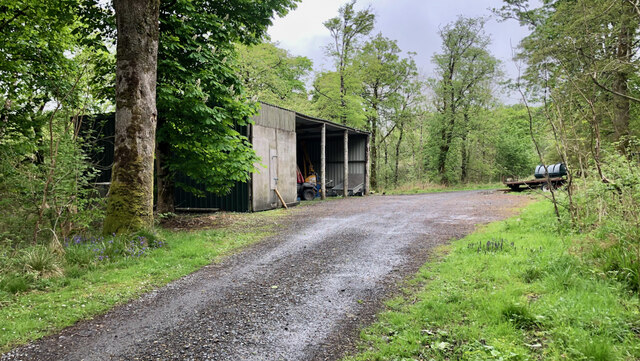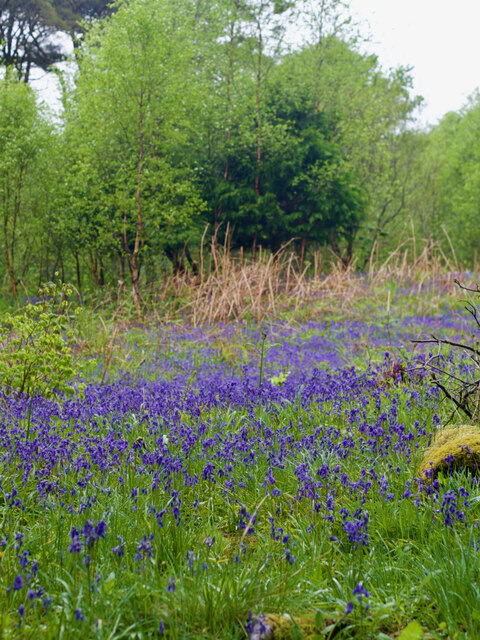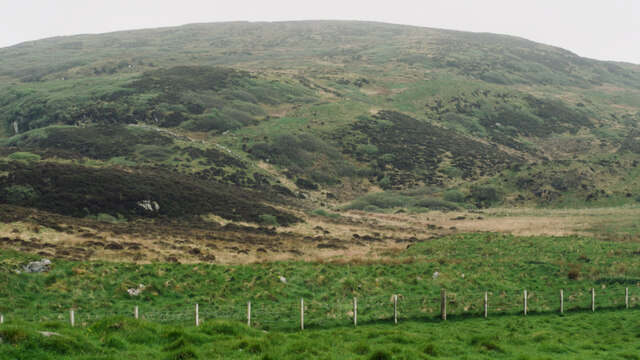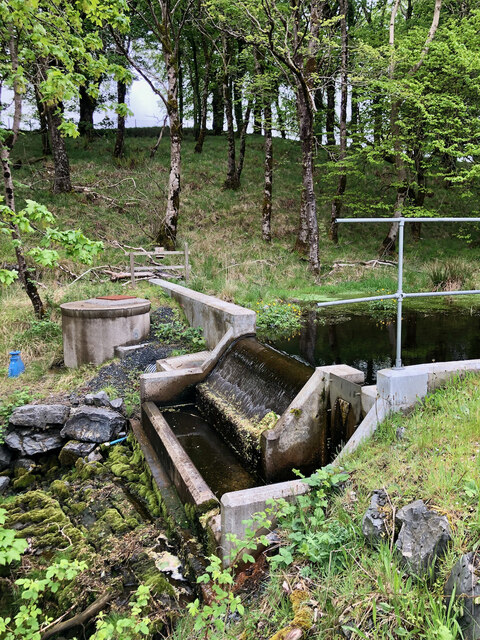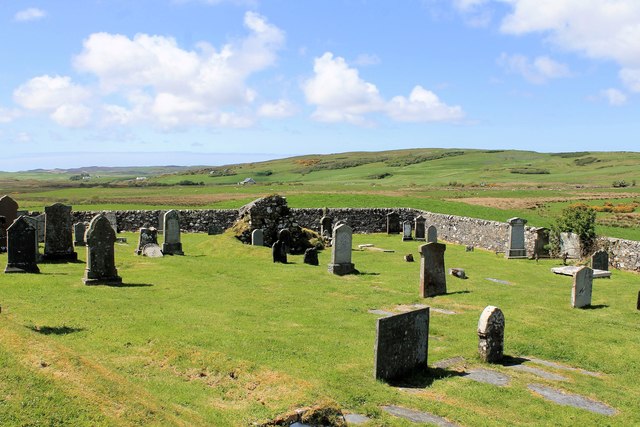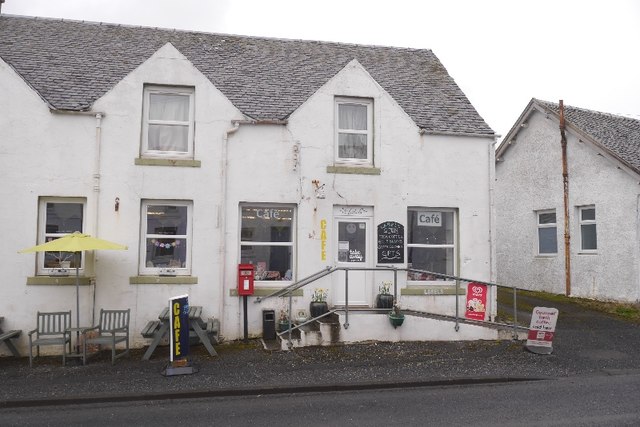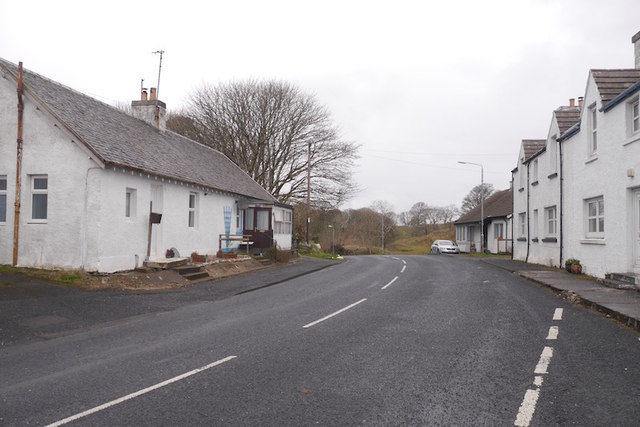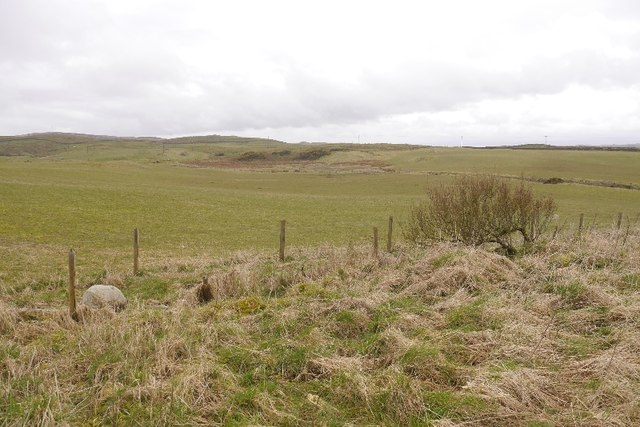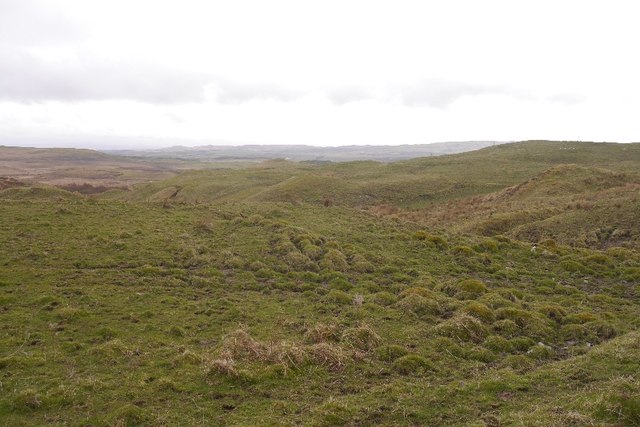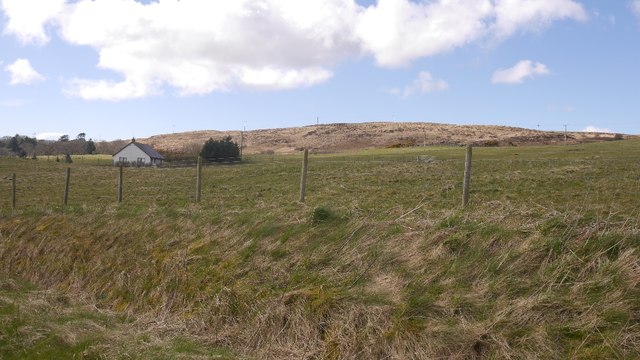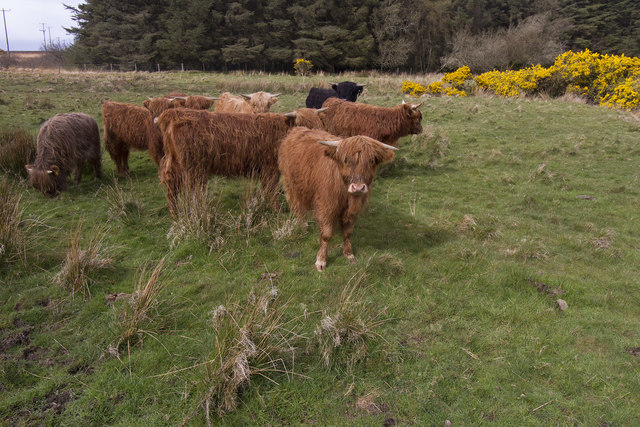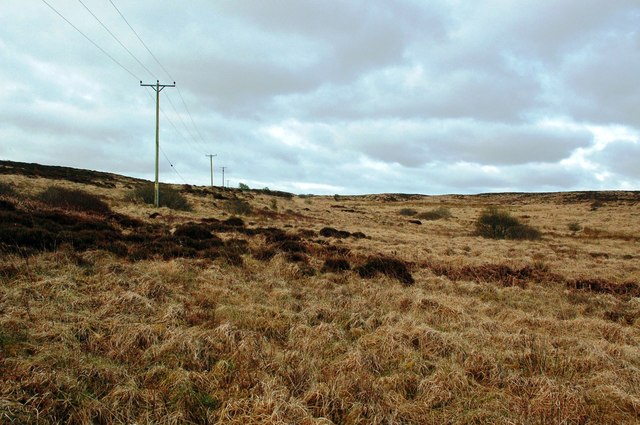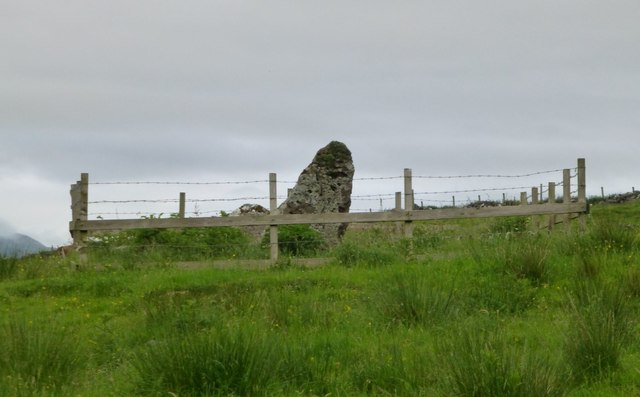Loch Ballygrant
Lake, Pool, Pond, Freshwater Marsh in Argyllshire
Scotland
Loch Ballygrant
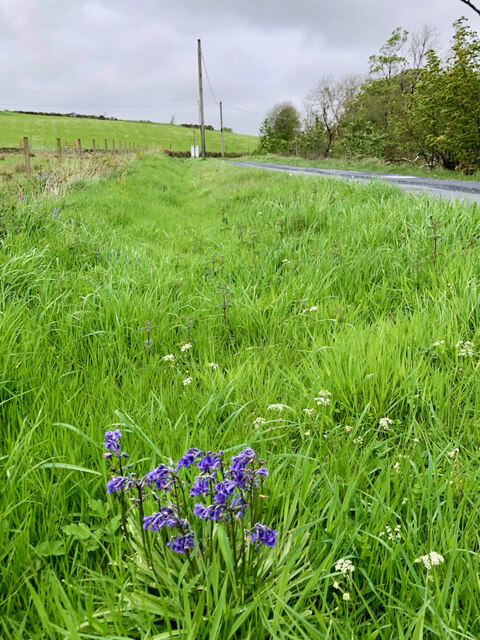
Loch Ballygrant is a picturesque freshwater loch located in the region of Argyllshire, Scotland. Nestled amidst the stunning landscape of the Scottish Highlands, the loch is surrounded by rolling hills and verdant forests, offering visitors a tranquil and scenic retreat.
Covering an area of approximately 50 acres, Loch Ballygrant is a relatively small body of water, but its beauty and serenity make it a popular destination for both locals and tourists. The loch has a maximum depth of around 10 meters and is fed by several small streams that flow down from the nearby hills.
The water in Loch Ballygrant is crystal clear and teeming with a diverse range of freshwater species, including trout, pike, and perch. This makes it a haven for anglers, who flock to the loch in search of a good catch. Fishing permits are readily available, allowing visitors to enjoy a relaxing day of casting their lines in the tranquil surroundings.
Surrounding the loch is a freshwater marsh, providing a habitat for various species of birds, plants, and wildlife. The marsh is home to a variety of waterfowl, including ducks, swans, and herons, making it a haven for birdwatchers and nature enthusiasts.
For those seeking outdoor activities, Loch Ballygrant offers opportunities for boating and kayaking. Visitors can explore the calm waters and take in the breathtaking scenery, or simply relax on the shores and enjoy a picnic while soaking up the peaceful ambiance.
Overall, Loch Ballygrant is a hidden gem in the Argyllshire region, offering a tranquil and picturesque setting for outdoor enthusiasts, anglers, and nature lovers alike.
If you have any feedback on the listing, please let us know in the comments section below.
Loch Ballygrant Images
Images are sourced within 2km of 55.819628/-6.1431622 or Grid Reference NR4066. Thanks to Geograph Open Source API. All images are credited.
![Site of 18th-century illicit distillery Not quite sure exactly which building but recorded on Canmore.org.uk. Islay, Ballygrant | Canmore. Available online at: <span class="nowrap"><a title="https://canmore.org.uk/site/79738/islay-ballygrant" rel="nofollow ugc noopener" href="https://canmore.org.uk/site/79738/islay-ballygrant">Link</a><img style="margin-left:2px;" alt="External link" title="External link - shift click to open in new window" src="https://s1.geograph.org.uk/img/external.png" width="10" height="10"/></span> [Accessed 29 May 2022].](https://s1.geograph.org.uk/geophotos/07/18/55/7185505_6f6f6b11.jpg)
![Building (Period Unassigned) Not sure is recorded for this pair of ruins. For further info. see Canmore.org.uk. Islay, Kilslevan | Canmore. Available online at: <span class="nowrap"><a title="https://canmore.org.uk/site/155645/islay-kilslevan" rel="nofollow ugc noopener" href="https://canmore.org.uk/site/155645/islay-kilslevan">Link</a><img style="margin-left:2px;" alt="External link" title="External link - shift click to open in new window" src="https://s1.geograph.org.uk/img/external.png" width="10" height="10"/></span> [Accessed 29 May 2022].](https://s1.geograph.org.uk/geophotos/07/18/55/7185525_f2eb2f38.jpg)
![Building (Period Unassigned) Not sure is recorded for this pair of ruins. For further info. see Canmore.org.uk. Islay, Kilslevan | Canmore. Available online at: <span class="nowrap"><a title="https://canmore.org.uk/site/155645/islay-kilslevan" rel="nofollow ugc noopener" href="https://canmore.org.uk/site/155645/islay-kilslevan">Link</a><img style="margin-left:2px;" alt="External link" title="External link - shift click to open in new window" src="https://s1.geograph.org.uk/img/external.png" width="10" height="10"/></span> [Accessed 29 May 2022].](https://s2.geograph.org.uk/geophotos/07/18/55/7185538_ab35b0f3.jpg)
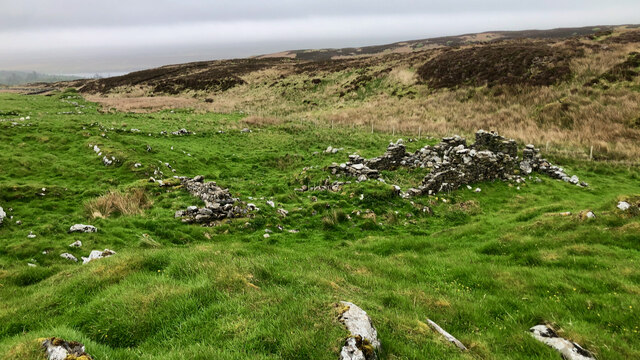
Loch Ballygrant is located at Grid Ref: NR4066 (Lat: 55.819628, Lng: -6.1431622)
Unitary Authority: Argyll and Bute
Police Authority: Argyll and West Dunbartonshire
What 3 Words
///towers.thighs.eyeliner. Near Ballygrant, Argyll & Bute
Nearby Locations
Related Wikis
Ballygrant
Ballygrant (Scottish Gaelic: Baile a' Ghràna) is a small village on the Inner Hebrides island of Islay of the western coast of Scotland. The village is...
Dun Guaidhre
Dun Guaidhre, also known as Dùn Ghùaidhre, is an Iron Age fort southwest of Kilmeny, Islay, Scotland. It is protected as a scheduled monument.Local tradition...
Finlaggan
Finlaggan (NR 388 680, Scottish Gaelic: Port an Eilein) is a historic site on Eilean Mòr in Loch Finlaggan. The Loch, the island, and Finlaggan Castle...
Dunlossit House
Dunlossit House is a Category C listed country house near Port Askaig, Islay in the county of Argyll, in western Scotland.. == History and architecture... ==
Nearby Amenities
Located within 500m of 55.819628,-6.1431622Have you been to Loch Ballygrant?
Leave your review of Loch Ballygrant below (or comments, questions and feedback).
